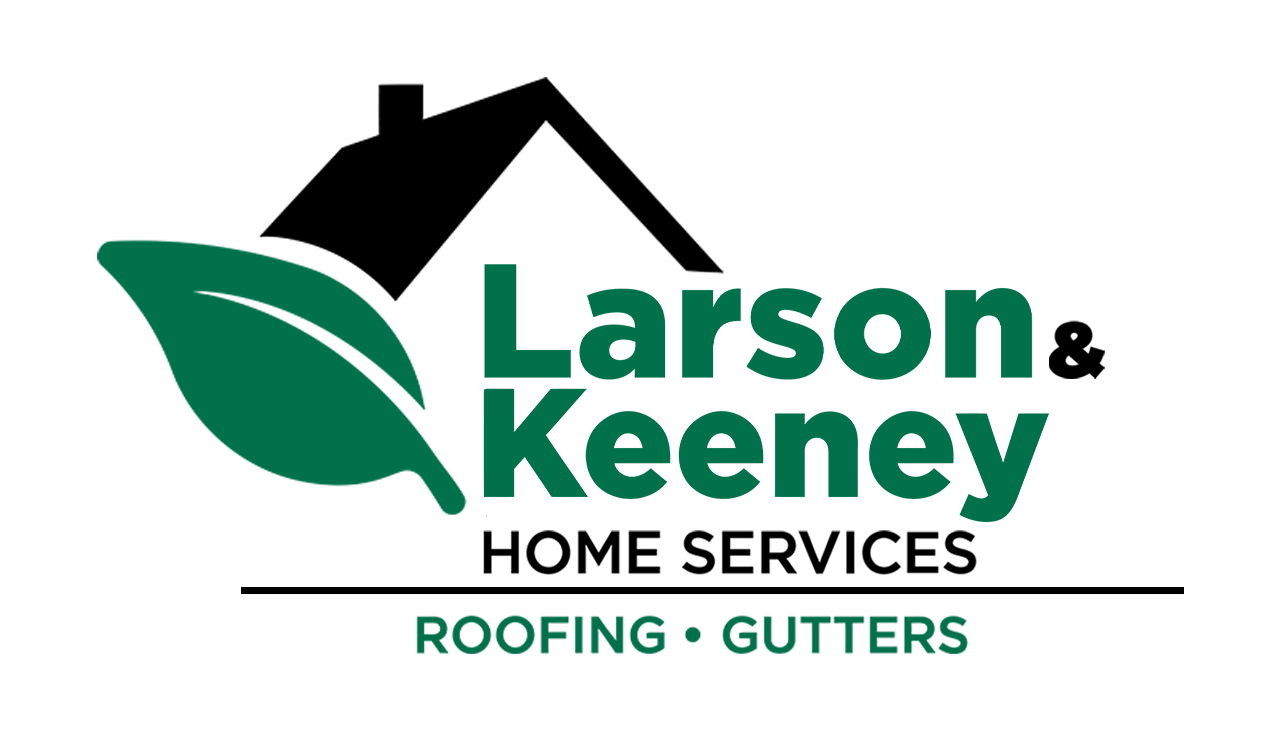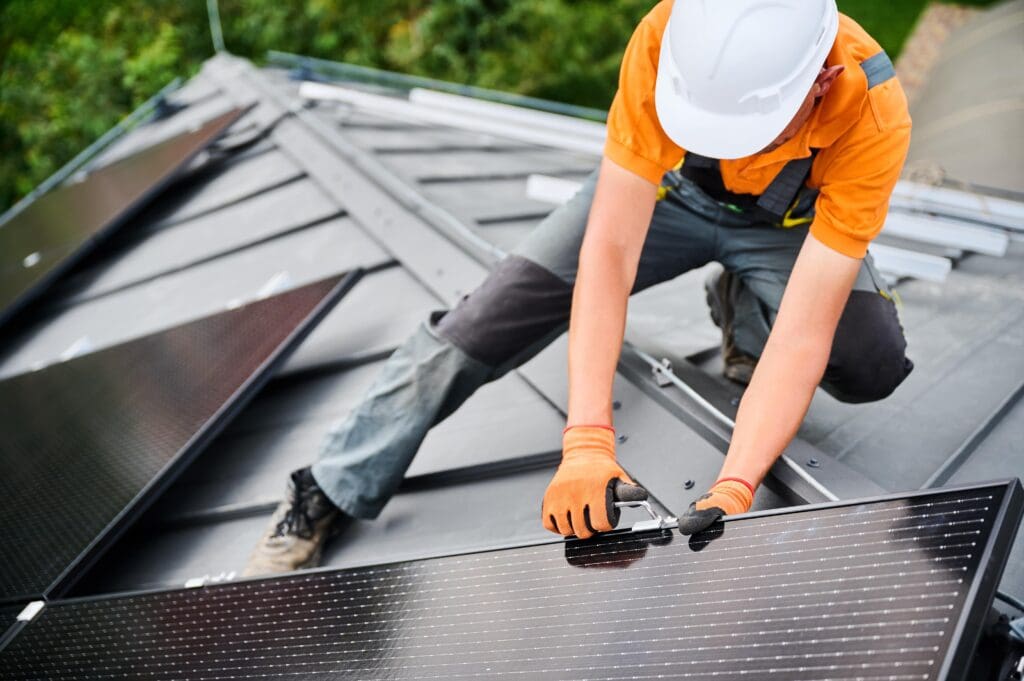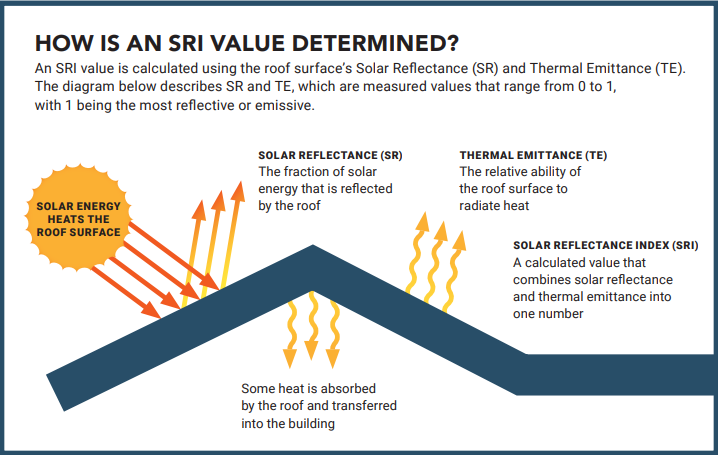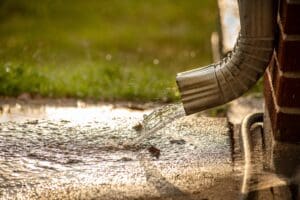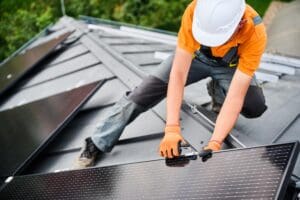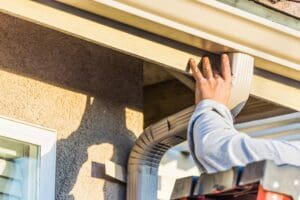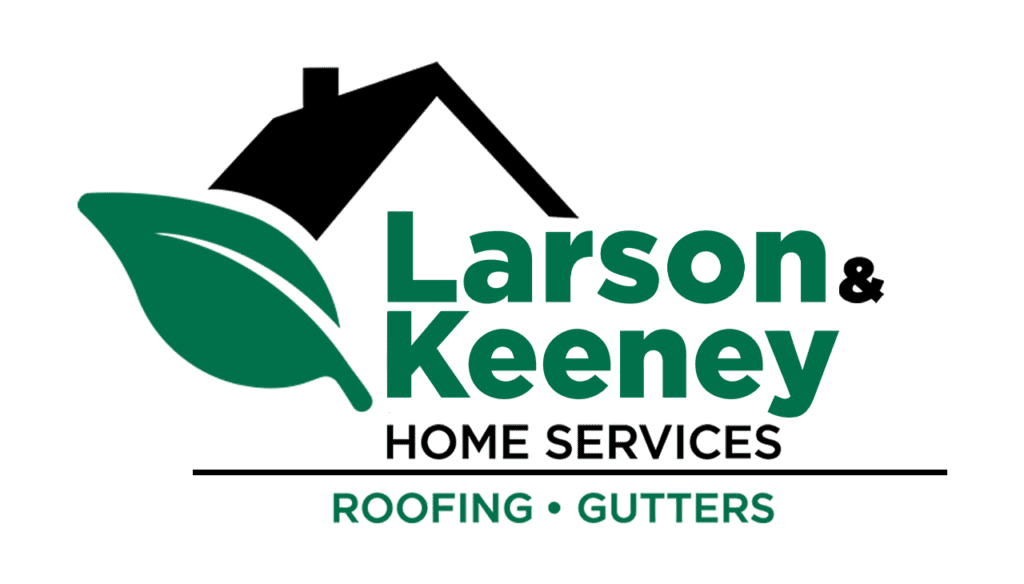If you’re looking for a solution to your sky-high energy bills, it might be time to invest in an energy-efficient roofing option. Well-known to keep your home comfortable and your costs low, energy-efficient roofs have rapidly become popular over the years. If you want to learn more, give our team at Larson & Keeney Grand Rapids a ring.
You will Read
Hire an Energy-Efficient Roof Installer Today
What is an Energy-Efficient Roof?
Before installing an energy-efficient roof, it’s important to know that this roofing system is specifically designed to help maintain your home’s temperature throughout the seasons. Made of a variety of materials that reflect solar radiation and heat off of the roof, these green systems are built to reduce your energy expenditure and heat transfer absorption.
What Makes a Roof Energy Efficient?
Because your roof can reach temperatures exceeding 100 degrees, your home must have a heat-reflective roof that transfers heat away from your attic and home. Though properly insulated homes may absorb less heat, they will still absorb a significant amount resulting in wear and tear of your HVAC.
The following two factors limit heat transfer from the sun to your roof:
Solar Reflectance Index (SRI):
Your roof’s makeup and design contribute to your home’s SRI, which is the amount of sunlight reflected away from your roof. Depicted in percentage format, higher SRI’s indicate that your home is more energy efficient.
Proper Attic Ventilation and Roofing Insulation
Newer buildings have better construction techniques that keep your home more energy efficient. With properly installed and sealed windows and doors, you can limit water damage and ensure your home maintains its temperature.
Does Roof Design Impact Energy Efficiency?
Though it may be hard to believe, the shape and color of your roof significantly affect the rate at which it can reflect sunlight. To achieve an energy-efficient roofing solution, consider the following points:
- Roof Color Choice: Lighter Color Vs Darker Colors
Though white is a color most commonly used to reflect sunlight, with an SRI of 60-90%, many homeowners prefer darker-colored roofs.

Nevertheless, many options can coat lighter-colored roofs with darker pigments that still do a great job of reflecting sunlight radiation in comparison to traditional roofing solutions.
- Roof Shape: Flat Roof Vs. Pitched Roof
Your home’s energy efficiency really is dependent on the materials that insulate your flat or pitched roof. A pitched roof, which most homeowners install, is insulated with fiberglass or insulation blankets. Whereas flat roofs, more often seen on commercial buildings, are insulated with spray polyurethane foam.
The Benefits of Energy-Efficient Roof
In addition to being energy efficient, environmentally friendly roofing options have a host of benefits that many residents find favorable and worth the investment including:
Lower Maintenance Costs
With high inflation, residents can save money over time and limit their need to hire roof repair teams.
Extended Roof Warranties
Homeowners can trust and find greater peace of mind, knowing their investment is protected for years to come.
Enhanced Curb Appeal
Not only will this improve a home’s property value, it will become a more desirable selling point when a house goes on the market.
Extends the Life of Your Roof and HVAC System
With a properly insulated home and reflective roof, homeowners can enjoy a more comfortable around-the-clock interior temperature without causing premature wear and tear on their HVAC units.
Reduces Energy Bills
Because your roof minimizes the overuse of your HVAC unit, your home will require less energy and electricity demand, preventing power outages and high utility costs.
Types of Energy-Efficient Roofing Materials
From coating reapplication to storm damage, each type of roofing material requires homeowners to prioritize proper maintenance.
- Cool Roofing
Cool roofs are an innovative solution that allows you to keep your existing roof by coating it with reflective pigments. Not only does this help your traditional roof become energy efficient, but it also prevents water damage.
- Asphalt Shingles Roofing
This roofing material is known for its minimal upkeep. To get the most energy-efficient asphalt roof, make sure it is covered with coated granules that enhance reflectivity.
- Shake Roofing
Made of cedar wood, shaker roofing can withstand storm and wind damage, due to its durable makeup. However, routine maintenance is important as shaker roofs are more prone to experience termites, mold, and leaks than any other roof type.
- Metal Roofing
With a lifetime that is 4 times longer than the traditional roof, metal roofing solutions often cost less and
require one cool roof coating to be fully energy efficient. Metal roofing is fairly easy to install, saving you on the upfront costs.
- Tile Roofing
If you’re looking for a more Mediterranean-style roof, many energy-efficient tile roofing options come in a variety of colors. To ensure you get the best outcome, ensure the tiles you buy are covered in a cool roof coating when installing.
- Solar Shingle Roofing
If you are looking for an alternative to solar panels, solar shingles are a great choice for creating renewable energy. Though they are pricey, they can save you a significant amount of money in the long run.
Difference Between an Energy-Efficient Roof and a Cool Roof
Though “energy-efficient roofs” and “cool roofs” aren’t commonly differentiated, there are a few characteristics that make them unique.
A cool roof is built to reflect greater amounts of sunlight and absorb minimal heat in comparison to traditional roofs. An energy-efficient roof is a term most often used to describe comprehensive roofing systems that reflect sun radiation or thermal energy.
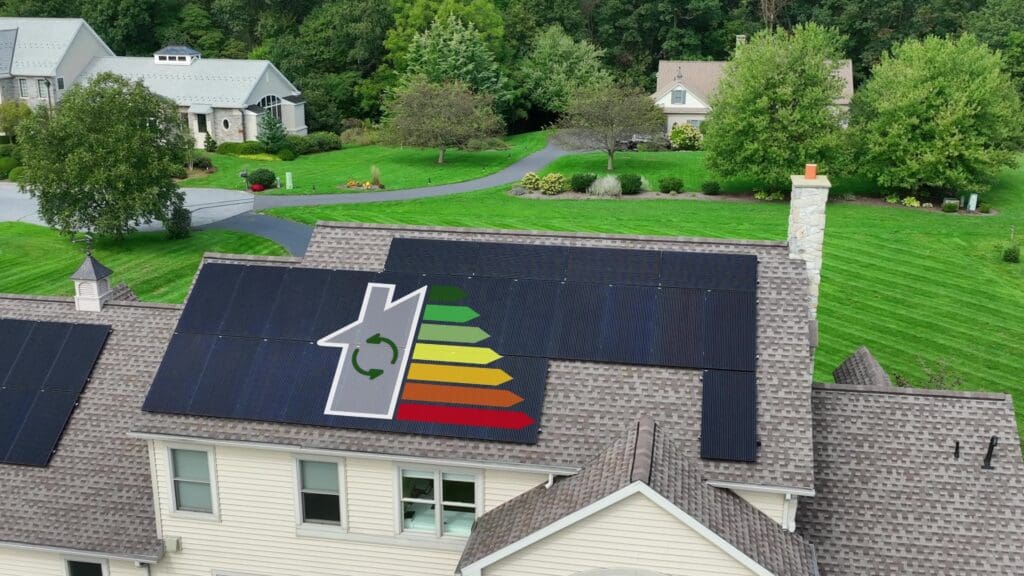
Reflective pigment technology is an innovative solution created to combat rising external temperatures and climate change. By “spraying” an energy-efficient coating onto a roof, reflective pigment technology helps reflect sun radiation and increase insulation quality. Most often found in metal roofs, reflective pigment technology can also be found in tile and asphalt roofs.
By better reflecting heat rays and better insulating attics, energy-efficient roofing improves a home’s ability to maintain a consistent temperature. This minimizes the energy expense cost associated with turning your HVAC unit on and off, limiting wear and tear and saving money.
Since energy-efficient roofs minimize the need for homeowners to use their HVAC systems, fewer CO2 emissions are emitted in the air due to limited energy consumption. Additionally, a cool roof’s ability to reflect sunlight directly counteracts the greenhouse effect currently leading to climate change.
Find an Energy-Efficient Roofing Contractor Near You
As a premier provider of home improvement services, Larson & Keeney Grand Rapids is dedicated to providing homeowners with quality services that improve their lives and boost their curb appeal. If you are looking to invest in environmentally friendly and energy-efficient roofing solutions, give our team a call. We’d love to help you complete your next home project.
FAQs on Energy-Efficient Roofing
What is the most energy-efficient roofing material?
Metal roofing is the most energy efficient, as it reduces the cost of energy bills by 40%.
Are energy-efficient shingles worth it?
Energy-efficient roof shingles have a great ROI as they can save you hundreds of dollars a month on energy bills.
What is the best roofing to keep your house cool?
Polymer shingles and wood shingles/shakes come in “cool-colored” roofing materials.
What is the most economical type of roofing?
Energy-efficient roofing shingles like asphalt shingles are the most economical roofing material.
